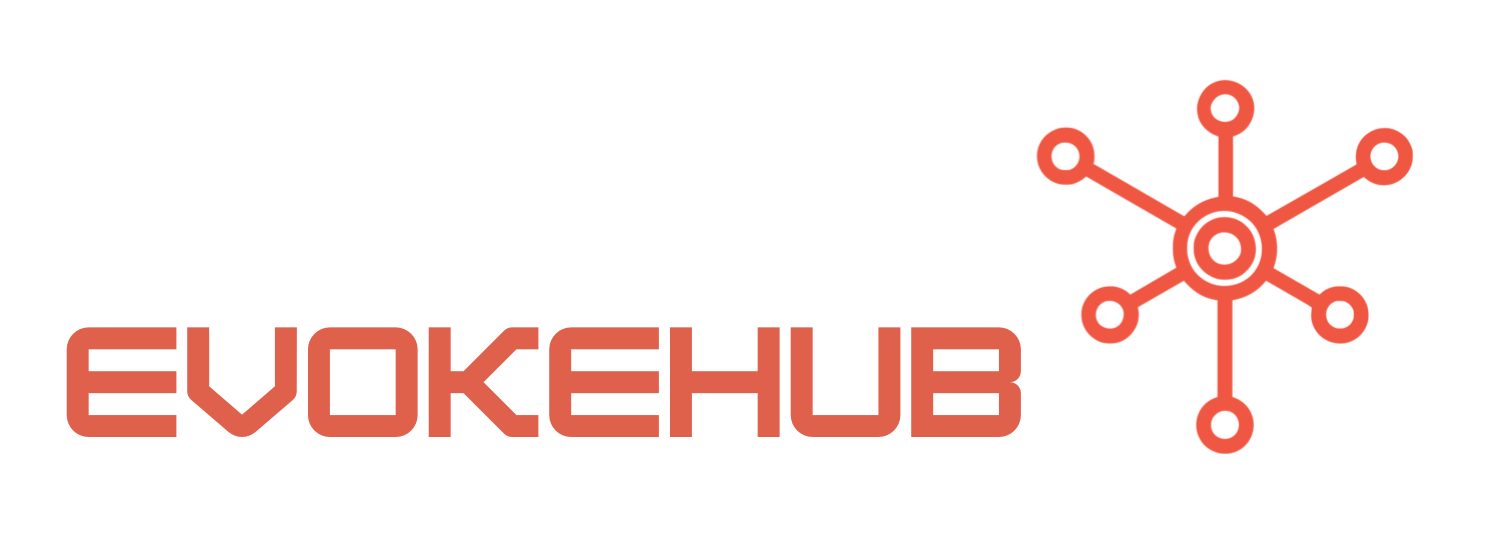Understanding Multi-Tenant Architecture in Azure AD for .NET
Multi-tenant architecture allows a single instance of a software application to serve multiple tenants, each with its own set of data and user management requirements. Azure AD is designed to facilitate this by enabling applications to authenticate users from different organizations without the need for creating multiple infrastructure instances. The primary advantage of using Azure AD for multi-tenant applications lies in its centralized management capabilities, allowing for streamlined user provisioning and single sign-on (SSO) experiences.
In a multi-tenant model, each tenant is effectively a separate entity within the same application framework. Azure AD supports this by allowing you to register your application as a multi-tenant app, which means it can serve users from any Azure AD directory. For a .NET application, this involves configuring the Azure portal to define application permissions and ensuring that the app can handle token issuance for users from different directories. This centralized approach reduces redundancy and enhances the security posture of the application.
Furthermore, the adoption of OAuth 2.0 and OpenID Connect protocols in Azure AD allows developers to implement robust authentication mechanisms. These protocols facilitate secure authorization and identity verification, making it easier to manage authentication workflows for multiple tenants. Understanding these protocols is crucial for developers aiming to build secure, scalable applications that can cater to diverse user bases in different organizations.
Steps to Implement Multi-Tenant Authentication in Your Application
To implement multi-tenant authentication in your .NET application, the first step is to register your application in the Azure Portal. Navigate to the “Azure Active Directory” section, then select “App registrations.” Choose “New registration” and fill in the required details, ensuring you specify the application type as “Accounts in any organizational directory.” This registration process will provide you with essential information such as the Application (client) ID and Directory (tenant) ID, which will be used in your .NET application.
Next, you must configure your application to use the Microsoft Authentication Library (MSAL) for handling token requests. MSAL simplifies the implementation of authentication flows in .NET applications. By adding the necessary NuGet package, you can set up the middleware to handle login requests and manage user sessions. It is also important to configure redirect URIs and define appropriate permissions in the Azure AD portal, as these settings dictate how your application interacts with Azure AD during the authentication process.
Finally, integrate the authentication logic into your application code. This involves setting up controller actions that handle the redirect to Azure AD for user authentication and processing the returned tokens. Utilize the Microsoft.Identity.Web library to streamline token acquisition and validation. Be sure to handle token caching and refresh token logic to ensure a smooth user experience. By following these steps, your .NET application will be well on its way to supporting multi-tenant authentication through Azure AD.
Implementing multi-tenant authentication with Azure AD in your .NET applications can significantly enhance security and user experience. By leveraging Azure’s robust identity management capabilities, you can efficiently manage users from multiple organizations while maintaining high standards of data privacy and access control. As you embark on this implementation journey, remember to stay abreast of best practices for security and user experience. With the right configuration and development strategy, your application will be poised not just to meet current needs but to evolve with the demands of a dynamic market.




